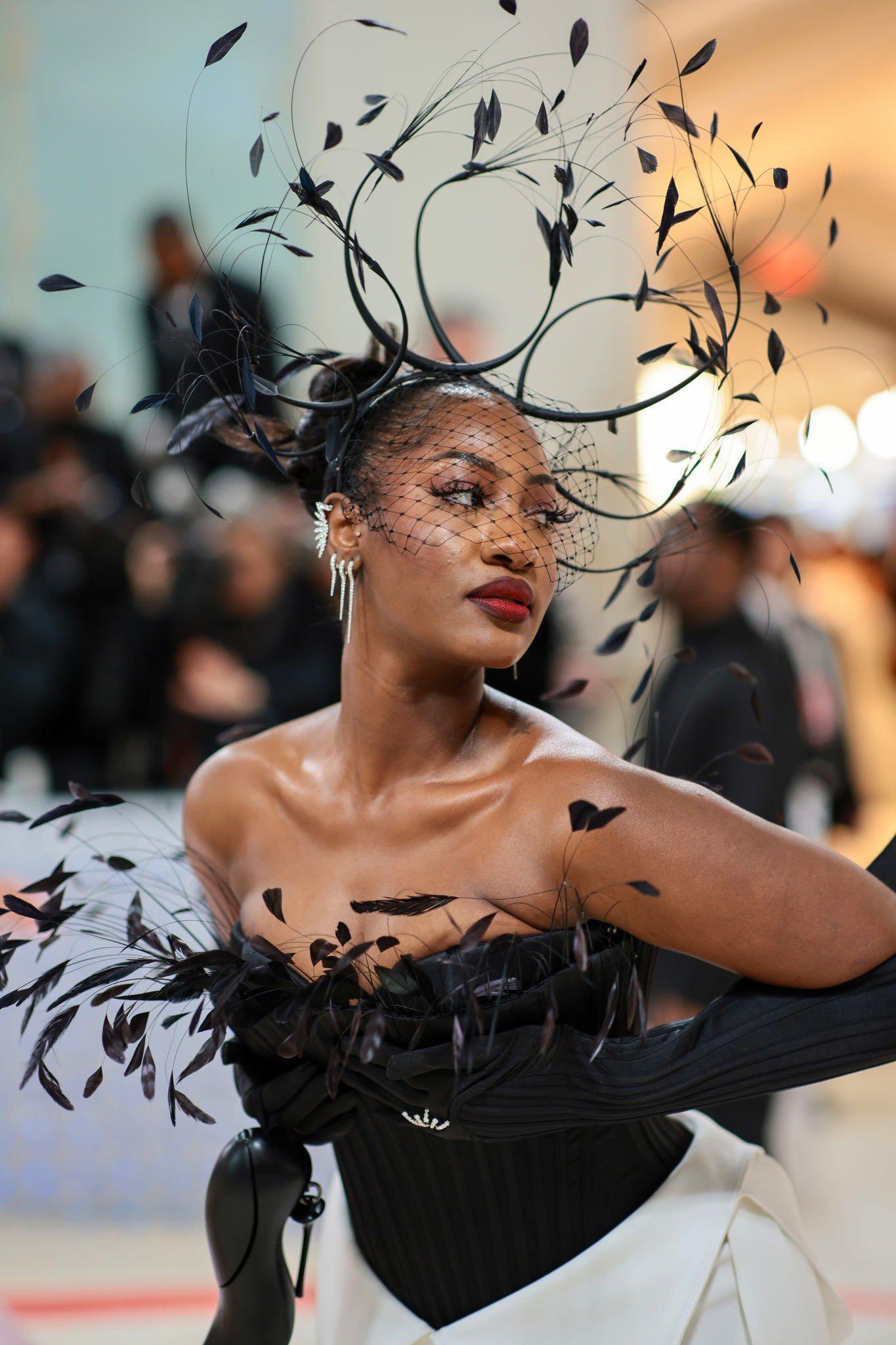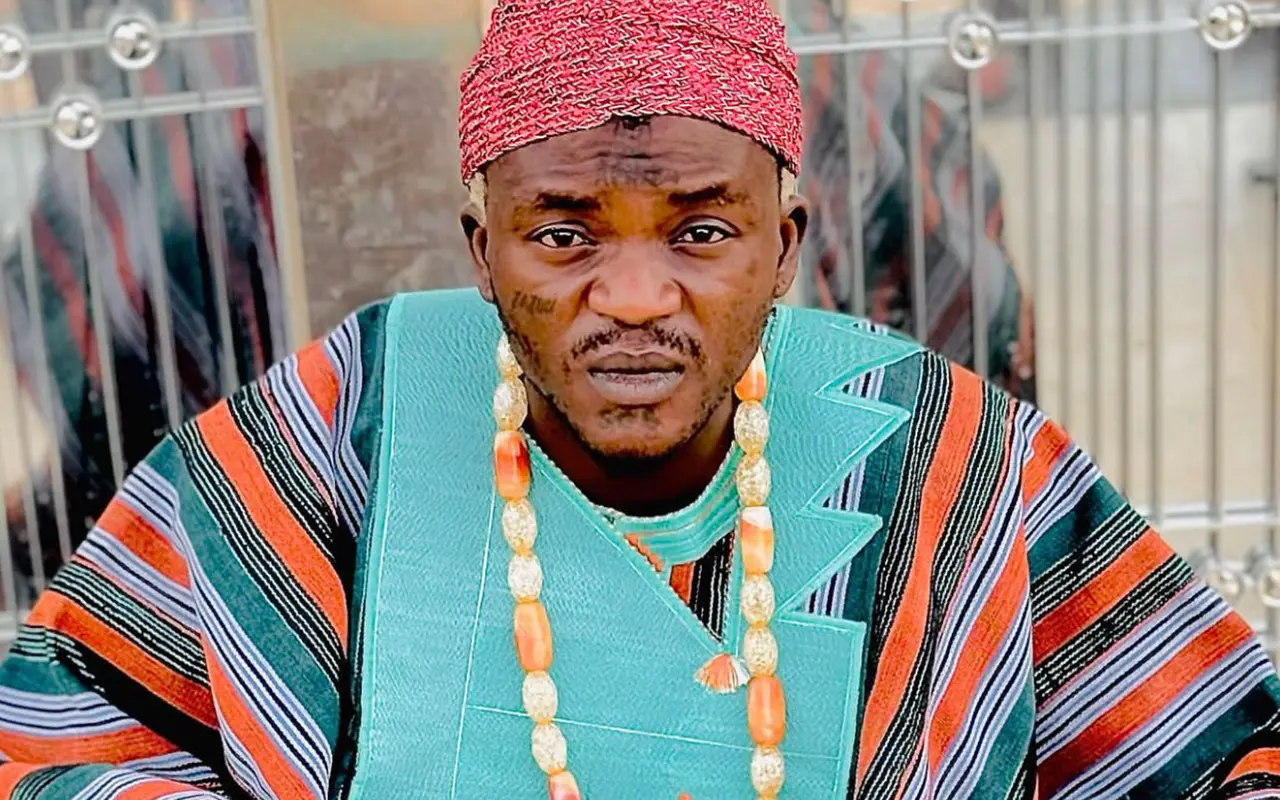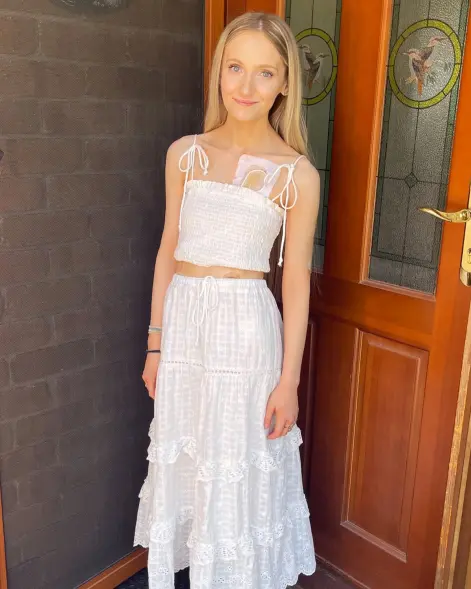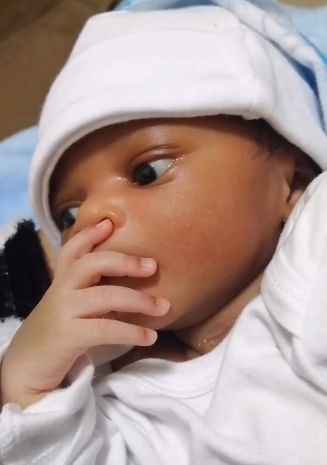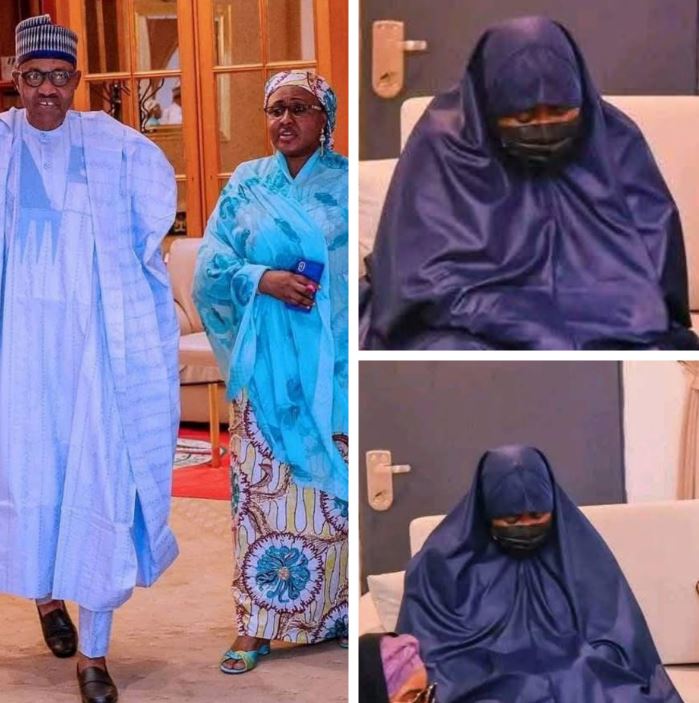 Benin’s Fon tribe crafts wooden dolls when their small children die, which they believe possess the child’s spirit and have the divine power to bring the family good or bad luck, depending on how well they are treated. Pictured, Hounyoga, whose twins died in infancy
Benin’s Fon tribe crafts wooden dolls when their small children die, which they believe possess the child’s spirit and have the divine power to bring the family good or bad luck, depending on how well they are treated. Pictured, Hounyoga, whose twins died in infancy

Many of the dolls also attend school with their living siblings and, when their parents are away working, are cared for in huge ‘creches’ run by the village elders.


 Not every child becomes a doll after they die however – the custom only applies to those born of multiple births, which, in the Fon tribe, occurs in one in every 20 births – one of the highest in the world.
Not every child becomes a doll after they die however – the custom only applies to those born of multiple births, which, in the Fon tribe, occurs in one in every 20 births – one of the highest in the world.The extremely high mortality rate means that twins, either one or both, often die.
‘Three months after the birth of twins, if they are still alive, they do a collection of gifts from around the community,’ explains Mr Lafforgue. ‘If they are dead, the statues of the twins are sculpted then placed so that they peer out of the front garment of the mother for everyone to see.’
 One mother, named Hounyoga, who resides in the village of Bopa, took Mr Lafforgue through a day the life of her own dolls. The 40-year-old, who is married to a voodoo practitioner whose work includes preserving the dead bodies of criminals before using their skulls for rituals has had nine children.
One mother, named Hounyoga, who resides in the village of Bopa, took Mr Lafforgue through a day the life of her own dolls. The 40-year-old, who is married to a voodoo practitioner whose work includes preserving the dead bodies of criminals before using their skulls for rituals has had nine children.Among them was a set of twins who died just a few months apart at the age of two, and she has also suffered a number of miscarriages.
 Hounyoga’s dead twins were called Zinsou (the boy) and Zinhoue (the girl), but she talks about them in the present tense. In the morning, like any child, the twins are bathed by their mother, who wipes their faces with a wet glove.
Hounyoga’s dead twins were called Zinsou (the boy) and Zinhoue (the girl), but she talks about them in the present tense. In the morning, like any child, the twins are bathed by their mother, who wipes their faces with a wet glove. They are also given a weekly scrub in the lake, not because they are dirty but to rid them of evil spirits. ‘Hounyoga wipes them with a vegetable sponge and soap,’ explains Mr Lafforgue.
‘Then she dries them off and sprays perfume on them. The bathing ends. She throws the sponge as far as possible in the lake. It is contaminated. If she brings it home, she will bring the evil spirits with her.’


 Some statues are cleaned so often that the facial features disappear, the wood eroded by constant scrubbing, which, says Mr Lafforgue, makes them enormously appealing to Western collectors.
Some statues are cleaned so often that the facial features disappear, the wood eroded by constant scrubbing, which, says Mr Lafforgue, makes them enormously appealing to Western collectors.The photographer says families are appalled at the thought of collectors buying the dolls and liken it to parents ‘selling’ their children.
Next it’s time for lunch. ‘She put the twins on two miniature iron chairs around the table where we sit,’ explains Lafforgue. ‘It’s 1pm and she must serve lunch to the twins.’

 The food is accompanied by water and carbonated drinks like Fanta and Coca Cola because, according to the voodoo belief system, sugar is equated with peace
The food is accompanied by water and carbonated drinks like Fanta and Coca Cola because, according to the voodoo belief system, sugar is equated with peace‘In giving sugar to the statues, you increase your chances of having a better life because the twins have supernatural powers and the ability to affect your destiny,’ Mr Lafforgue explains.
 After lunch, Hounyoga visits a small temple with the dolls, where she feeds the rest of the meal to a snake deity called Dan. Then, after biting a cola nut in half with her teeth, she seasons it with strong spices and offers it to the twins.
After lunch, Hounyoga visits a small temple with the dolls, where she feeds the rest of the meal to a snake deity called Dan. Then, after biting a cola nut in half with her teeth, she seasons it with strong spices and offers it to the twins.‘She tells me that they accept the offering and are satisfied,’ Mr Lafforgue says. ‘Now it’s the humans’ turn.’

Hounyoga told him: ‘If we take bad care of a twin, he or she will get angry and all of a sudden, will disappear. We will wake up in the morning and they will no longer be in the house. So a great tragedy will soon come.
‘On the other hand, if we take good care of the twins, when someone is harassing me or wanting to cause me harm, I tell the twins and they protect me.’
Come nightfall, the statues are put to sleep like children in a bed made from a mat and an immaculate white blanket.
‘This contrasts with her room which contains a dirty mattress and an old mosquito net,’ Mr Lafforgue remarks. ‘It’s clear that the best goes to the twins.’
She undresses them, and lays them on their back, side by side, in their miniature bed and waits for them to ‘sleep’ before turning them over onto their stomachs.
If the mother doesn’t have time to take care of the statues, then the father does it. Hounyoga’s husband always takes them with him in his waistband when he drives his car to Cotonou, Benin’s capital.
He says: ‘I put my twins in my belts because I know they protect me. Nothing bad will happen to me with them. I won’t get robbed, won’t get in a car accident, nothing.’
The brothers and sisters of the dead twins do their share as well. They walk with them, keeping them snug in their belts. Under no circumstances do they ever play with them like toys.
If the family is travelling, the statues are kept at a nursery.
Mr Lafforgue visited one such nursery and notes that the sheer number of dolls present reflected the region’s high mortality rate.
He also met a woman called Mrs Ablossi, who lost two pairs of twins and a set of triplets. Since their death, she says she has been blessed with good luck and became a ‘Queen’ of the tribe.
Dailymail





